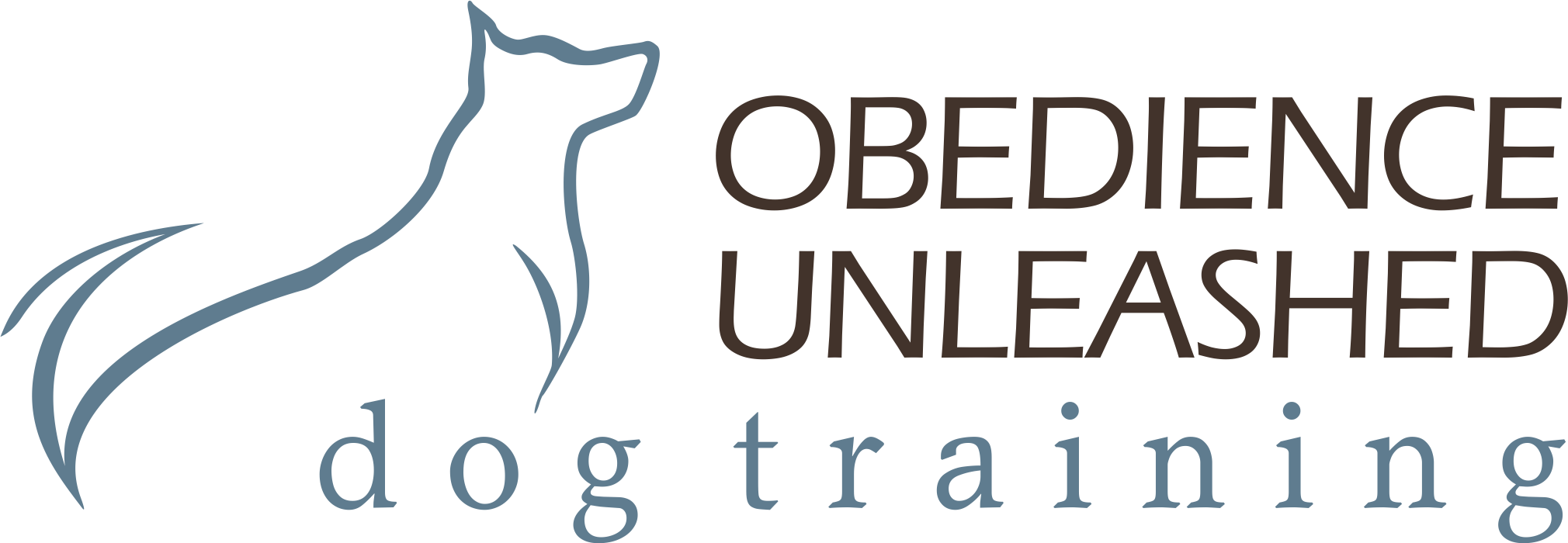
Top 10 Things to Teach Your Dog
After falling in love with a dog that melted your heart at the local shelter or carefully selecting a puppy from the breed-specific rescue, you’re now faced with some very real challenges at home. What’s the quickest path to making your new bundle of joy a member of the family with whom it’s a joy to live? Your pup will be developing habits each and every day, so begin on day one to train the behaviors listed below.
1. Housetraining
From day one, the key words are containment, both short-term and long-term, and reward opportunities. Confinement in a crate for night-time and in a small area during the day with an indoor sod tray or puppy pad is essential for errorless housetraining until your pup earns more space in your house. Ample opportunities for elimination with food rewards will have your dog looking forward to getting onto the leash to go to the chosen spot in your yard to eliminate and get a yummy treat.
2. Handling and Good Manners at the Veterinarian and Groomer
Your pup should be handled often, starting at 4 weeks of age if that is possible. Visit your puppy frequently and get a head start on the human-animal bonding process with all the members of your family. If your puppy comes home at 8 weeks or later, handle, massage every inch of your puppy, and hold your puppy often. In addition to regular snuggling, pretend you and your pup are at the groomer or vet and practice puppy calmness while you examine toes, ears and mouth with your puppy standing safely on a raised surface.
3. No Bite!
Start on day one to let your pup know in a dog-friendly way that puppy biting is not OK with you. Discontinue playing or handling your pup each and every time you feel teeth on your skin – draw away from your pup or put him on the floor immediately as you make a disappointed sound with your voice. Wait for five seconds, and then resume calm play and handling as if nothing had happened. Your dog will learn that everything, especially fun, stops if he bites!
4. Socialization
Expose your dog to anything and everything you think he may experience later in life – 100 New Things in the First 100 days! Learning to be a social butterfly is the most important thing your dog will ever learn. Socialize early and frequently to all types of people, other dogs and moving objects. Ultra-socialize your puppy to children of all ages, men and strangers and with lots of other dogs of all shapes and sizes. Socialize to skateboards, bicycles and joggers and to all types of situations too.
5. Appropriate Chew Toy Training
Chew items are your friends. Provide a nice variety of safe chew and food toys to help stop puppy biting, to save your furniture, and to teach your puppy self-calming and how to be happy on his own. Up to five months of age and perhaps for a lifetime, your dog will be hunting about for things to chew. Chewing dulls the pain of teething, keeps a pup busy and very importantly, it relieves stress. If you don’t give your puppy something to do, you can be certain, he will find something to do!
————————
This article was published by Linda Michaels, on Victoria Stilwell’s website. To read the full article please follow this link:www.positively.com



